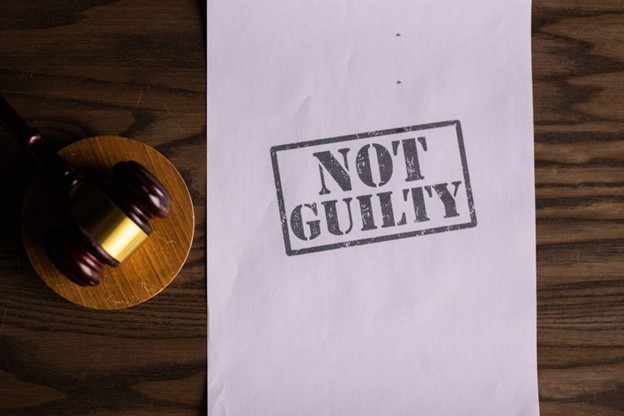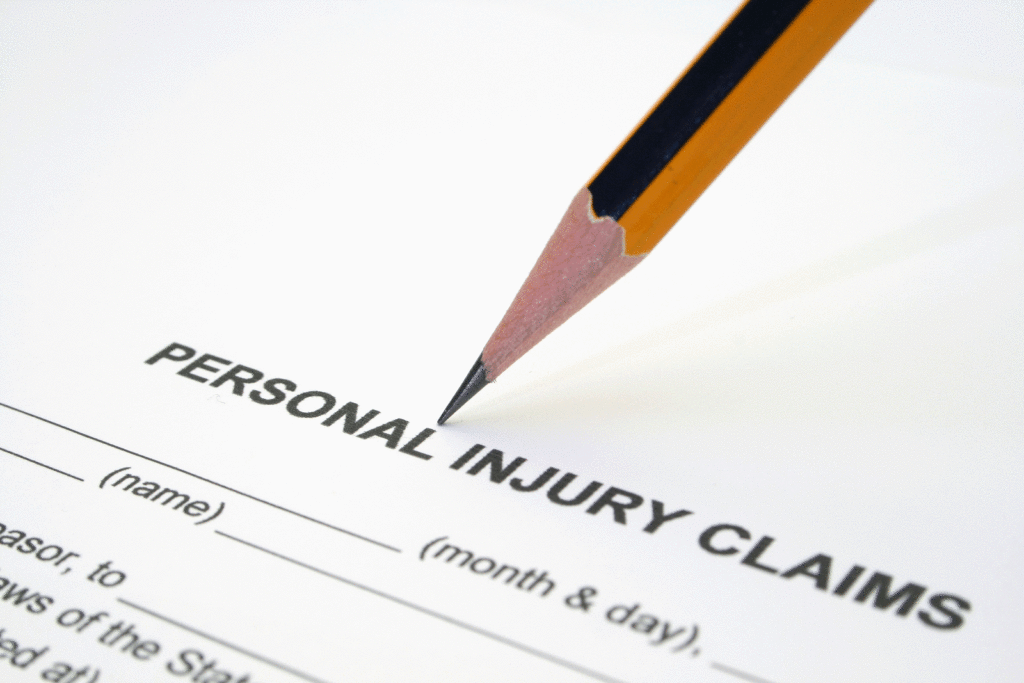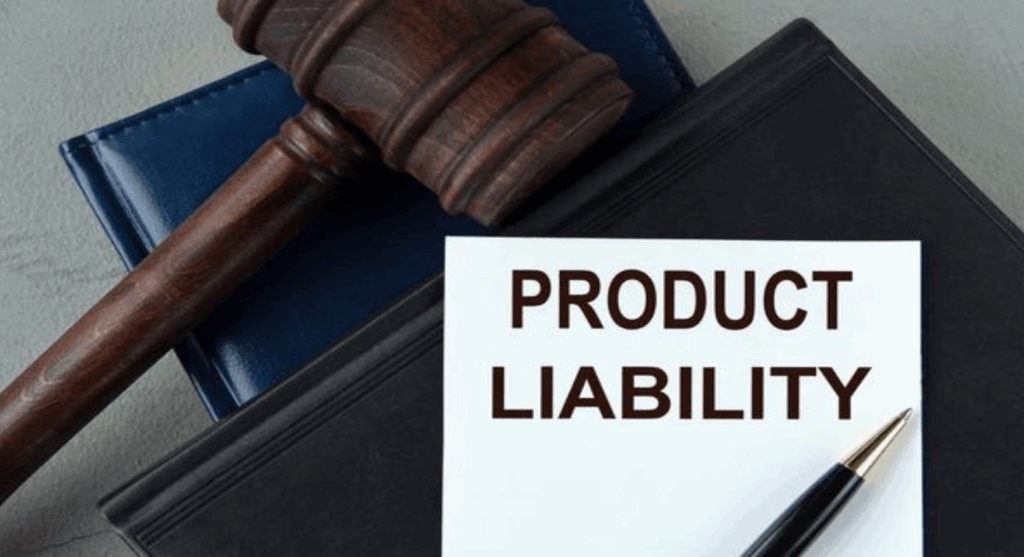Now Reading: Types of Car Accidents & Legal Implications
-
01
Types of Car Accidents & Legal Implications

Types of Car Accidents & Legal Implications
Car accidents can occur in various ways, each with its own set of circumstances and legal implications. Understanding the different types of car accidents can help drivers be more cautious on the road and be aware of the potential legal consequences. In this article, a head-on collisions lawyer from Shelly Leeke Law Firm will explore several common types of car accidents and the legal implications associated with them.
Rear-End Collisions
Rear-end collisions are one of the most common types of car accidents. They typically occur when one vehicle strikes the rear of another vehicle. In such accidents, the driver who rear-ends the other vehicle is usually considered at fault. This is because drivers have a duty to maintain a safe following distance and to react promptly to changes in traffic conditions.
In rear-end collisions, the legal implications can vary depending on the extent of the damages and injuries. The at-fault driver may be responsible for covering the costs of property damage and medical expenses for the injured party. Additionally, the at-fault driver’s insurance premiums may increase, and they may face legal penalties, such as fines or points on their driving record.
Intersection Accidents
Intersection accidents occur when two or more vehicles collide at an intersection. These accidents can result from drivers running red lights or stop signs, failing to yield the right of way, or making improper turns. Determining liability in intersection accidents can be complex and may require gathering evidence such as eyewitness accounts, traffic camera footage, or skid marks.
The legal implications of intersection accidents depend on the specific circumstances and applicable traffic laws. The at-fault driver may be held liable for damages and injuries sustained by the other parties involved. They may also face traffic citations, license suspension, or criminal charges if their actions were particularly reckless or negligent.
T-Bone Collisions
T-bone collisions, also known as side-impact collisions, occur when the front end of one vehicle strikes the side of another vehicle at a perpendicular angle, forming a “T” shape. These accidents commonly happen at intersections or when one driver fails to yield the right of way.
Legal implications in T-bone collisions can be significant, especially if there are severe injuries or fatalities involved. The at-fault driver may be responsible for compensating the victims for medical expenses, property damage, lost wages, and pain and suffering. They may also face criminal charges, such as vehicular manslaughter, if their actions were deemed grossly negligent or reckless.
Single-Vehicle Accidents
Single-vehicle accidents involve only one vehicle and typically occur when a driver loses control of their vehicle and crashes into a fixed object, such as a tree, pole, or guardrail. These accidents can result from various factors, including driver distraction, excessive speed, impaired driving, or adverse weather conditions.
In single-vehicle accidents, the legal implications often depend on the circumstances surrounding the accident. If the driver was at fault, they may be responsible for covering their own property damage and injuries. However, if there was a defect in the vehicle or the road conditions were unsafe, the driver may have grounds to seek compensation from other parties, such as the vehicle manufacturer or the entity responsible for maintaining the road.
Contact Us for Help
Car accidents can occur in different ways, and each type has its own legal implications. Whether it’s a rear-end collision, intersection accident, T-bone collision, or single-vehicle accident, understanding the legal consequences can help drivers take necessary precautions and be more responsible on the road. If you find yourself involved in a car accident, it’s crucial to consult with an experienced attorney who can provide guidance on your rights, responsibilities, and potential legal remedies.
Remember, prevention is always better than dealing with the aftermath of an accident, so practice safe driving habits to protect yourself and others on the road.











